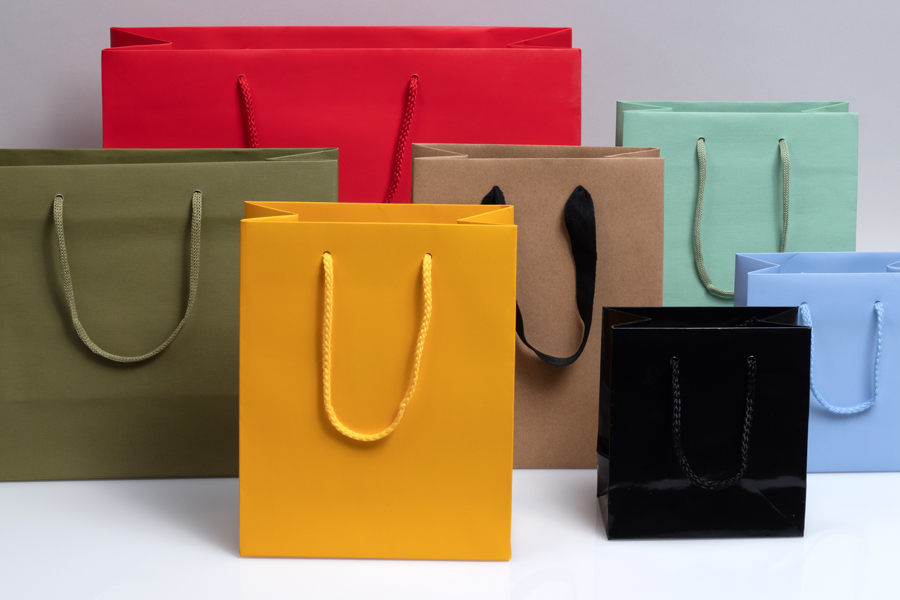Table of Contents
Understanding the 4Cs of Diamonds
When it comes to buying a diamond 4cs, you might feel overwhelmed by all the technical jargon. Don’t worry; understanding the 4Cs can make the process simpler and more enjoyable. So, let’s dive into what the 4Cs are and why they matter.
What Are the 4Cs?
The 4Cs stand for Cut, Color, Clarity, and Carat weight. These four factors are the primary determinants of a diamond’s quality and value. Mastering these aspects will help you make an informed decision when purchasing a diamond.
Cut
The cut of a diamond refers to how well the stone has been shaped and faceted. It’s not just about the shape, like round or princess cut, but also about how well the facets interact with light.
Importance of Cut
A diamond’s cut affects its sparkle and brilliance. A well-cut diamond will reflect light in a dazzling manner, whereas a poorly cut diamond might appear dull or lifeless. This is because the cut determines how light travels through the diamond, impacting its overall visual appeal.
Types of Cuts
Diamonds come in various cuts, including round, princess, emerald, and cushion. Each cut has its own unique characteristics and can enhance the diamond’s sparkle in different ways. For example, the round cut is the most popular because it maximizes brilliance through its 58 facets.
Color
Color refers to the diamond 4cs. The less color a diamond has, the higher its quality. Diamonds are graded on a scale from D (colorless) to Z (light yellow or brown).
Grading Color
The grading scale for diamond color ranges from D to Z, with D being the most colorless and therefore the most valuable. As you move down the scale, diamonds begin to show slight tints of yellow or brown.
Color Spectrum
When choosing a diamond, you’ll want to consider how color affects its overall appearance. While completely colorless diamonds are rare and more expensive, diamonds with subtle shades of color can still look beautiful and offer better value.
Clarity
Clarity describes the presence of internal or external flaws in a diamond, known as inclusions and blemishes. The fewer the imperfections, the higher the clarity grade.
What Is Clarity?
Clarity is crucial because it affects how light passes through the diamond. The clearer the diamond, the more it sparkles. Diamonds are graded on a scale from Flawless (no inclusions visible under 10x magnification) to Included (inclusions visible to the naked eye).
Common Clarity Grades
Here are some common clarity grades:
Flawless (FL): No inclusions or blemishes visible under 10x magnification.
Very Slightly Included (VS1 and VS2): Minor inclusions difficult to see under 10x magnification.
Slightly Included (SI1 and SI2): Inclusions visible under 10x magnification and possibly to the naked eye.
Included (I1, I2, and I3): Inclusions visible to the naked eye, affecting transparency and brilliance.
Carat Weight
Carat weight measures the size of the diamond. One carat equals 0.2 grams. While size is important, it’s essential to remember that a larger carat weight doesn’t always mean a more valuable diamond if other Cs are lacking.
Understanding Carat
Carat weight is often associated with the diamond’s value, but it’s just one factor in the overall picture. Two diamonds of the same carat weight can have different values depending on their cut, color, and clarity.
Impact on Value
Carat weight can significantly affect the price of a diamond. Generally, the price per carat increases as the diamond size increases, but the increase is not linear. Larger diamonds are rarer and thus more valuable.
How the 4Cs Affect Diamond Value
Understanding how the 4Cs interplay can help you gauge a diamond’s overall value. For example, a diamond with a high carat weight but poor cut might not be as valuable as a smaller diamond with an excellent cut and higher clarity.
Balancing the 4Cs
When buying a diamond, balancing the 4Cs according to your preferences and budget is crucial. For instance, if you prefer a larger stone but have a lower budget, you might prioritize carat weight over color and clarity.
How to Choose the Right Diamond
Choosing the right diamond involves finding the perfect balance between the 4Cs based on your personal preferences and budget. Consider what aspects are most important to you, whether it’s size, brilliance, or color.
Tips for Buying Diamonds
Buying a diamond is an investment, lab grown diamonds, and doing your research will ensure you make a smart purchase.
Setting a Budget
Before you start shopping, set a budget that works for you. Knowing your budget helps narrow down your options and prevents overspending. Remember, you don’t need to break the bank to get a beautiful diamond.
Evaluating Quality
When evaluating diamond quality, examine each of the 4Cs carefully. If possible, compare several diamonds to see how they stack up against each other in terms of cut, color, clarity, and carat weight.
Conclusion
The 4Cs of diamonds—cut, color, clarity, and carat weight—are essential elements in determining a diamond’s value and beauty. By understanding these factors, you can make a well-informed decision when purchasing a diamond. Whether you’re buying an engagement ring or a piece of fine jewelry, knowing the 4Cs will help you choose a diamond that best suits your preferences and budget.
















